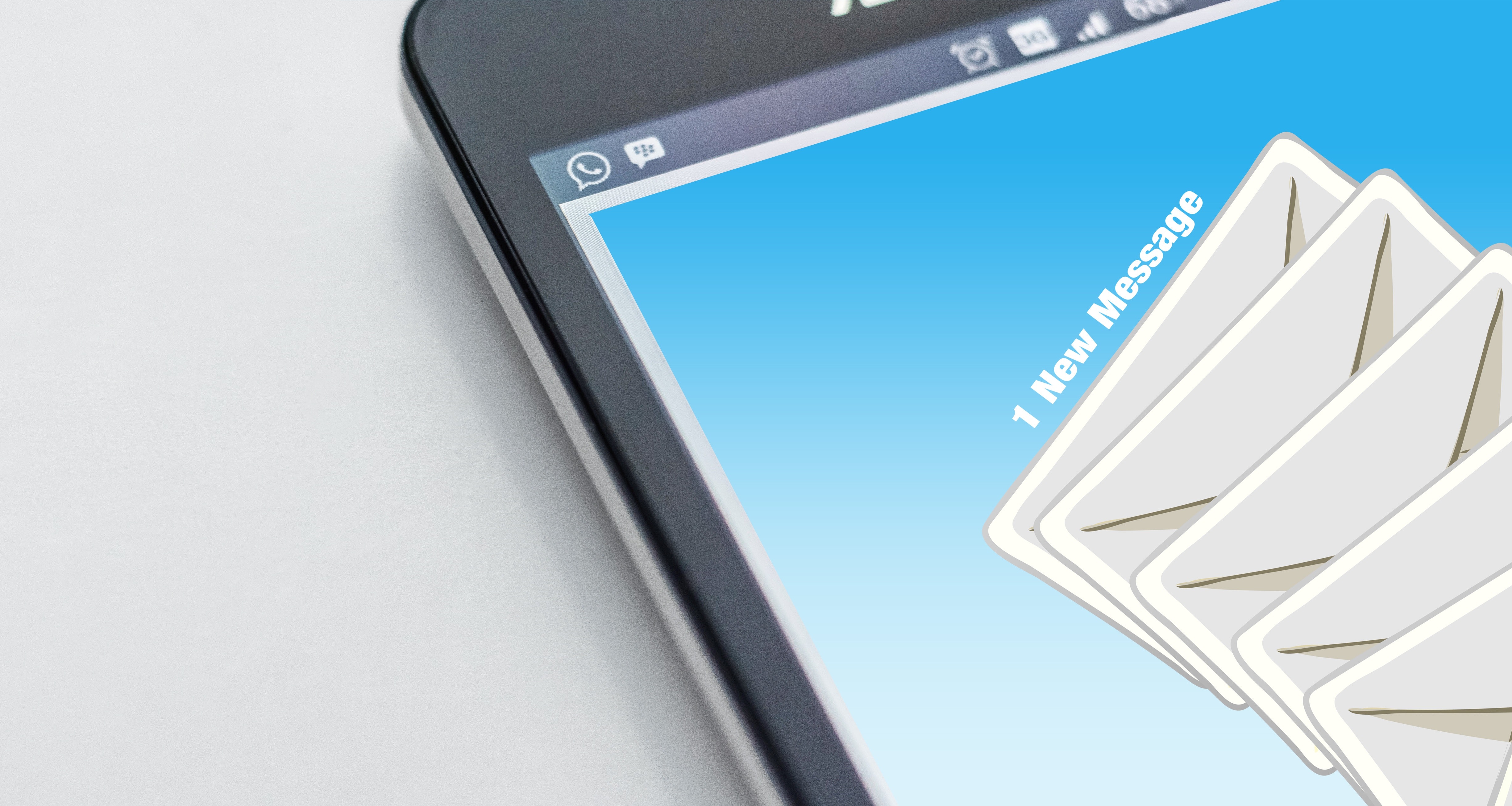Email - Still Alive and Well
Almost everyone understands that email is the electronic communications tool for the web. If you think about how the post office delivers mail to your mailbox, email works the same way except that mail is delivered to your electronic email box.
Programs called “email clients” are used to read the mail stored in your mailbox. Most people are familiar with Microsoft Outlook as a mail client, but there are many more popular options on the market these days.
Whatever email client you use, they are all very similar in functionality. The most important consideration is to be able to do the basics well.
Sending and receiving email is a simple task that requires you to be able to compose a new message for sending.
Reading the email that you receive, including the attachments, is also a very standard task.
Sending email is done by composing a new message. You can compose a message by selecting, either a new message icon on your email client, or taking the create new message menu option from an Actions menu.
To compose your message, you will usually need three pieces of information: the recipients email address, the subject of the message, and the actual message text.
The email address consists of the email name followed by the @ sign. The rest of the address consists of the host name where your email box resides. A sample format would be emailname@emailhost.com.
Next, type a subject for your message, and the text for the body of the massage. Now just hit the send button, and you’re done.
Receiving mail is even easier than sending, because you simply click on the message to open it. Care should be taken to only open emails that come from a trusted source. Sometimes unscrupulous people can send a computer virus through email, and entice you to open it by using some inviting subject like “I Love You”. Be very careful of opening an email from someone you don’t know.
Attachments can be sent with an email message that you may want to open. Generally, the attachment shows up as a link that you have to click on to open.
If your computer has the program that opens your attachment, it will open automatically. If not, them you can save the attachment to your hard drive, and later you can install the program you need to open the attachment.
Again, viruses can be carried through attachments, so make sure you know who is sending the attachment. To be safe, you may want to scan your email and attachments for viruses before you open them.

A Word About Email Etiquette
Email communication is just like any other professional communications vehicle. Etiquette among the people you communicate with is paramount, because words with no verbal expression can be easily mis-interpreted.
The Internet community has informally adopted a set of rule that address the manner and guidelines for communication on the Net called “netiquette”.
The Guidelines
The following are a few guidelines you should know:
Use the respect you would show a person face-to-face in an online communication.
Avoid using all uppercase letters, because it signifies that you’re shouting, and can cause some hard feelings.
Online communications are the equivalent to any other professional document. So, make sure that you use proper grammar and spell check your email.
For more informal communications, you can use emotions such as a smiling face to convey your message. It is generally not recommended for more formal communications.
Do your email contacts a favor and never forward Spam junk mail, or chain emails that promise inspiration, good fortune, or forever friendship.
Flaming, which is name calling and hurling insults is never appropriate in emails.
Respect everyone’s time by keeping your email short and to the point.
Rarely is profane language necessary.
Get to the point with a clear descriptive subject line. Don’t make people guess what the email is about.
Make sure you know and abide by the email policies in your office.
Remember that a quick email response is always appreciated.

Efficient Email Management
Email management is no different than managing files on your computer. And the same techniques used to manage files can be applied to managing email. Organizing email into folders, using an address book, and printing messages is what can help with the quick retrieval of emails when you need them.
Many people develop a system for organizing their mail by creating folders arranged in categories that make sense for their circumstances.
Folders can be arranged by content, by purpose, or by departments depending on how you would like to arrange them. As soon as you receive the email, move it from your Inbox to the designated folder.
Simply select the message and choose Move to Folder. Select the location of the destination folder and press OK.
Email clients may be different, so check the instruction before you move your emails to different folders.
Address books are another way to organize your emails for convenient organization. An address book does just what it sound like. It stores the email addresses, and has the capability to store additional information such as the contacts address and phone number.
When you want to send an email, just locate the contact, and click on his email address to launch the email program.
His email address is automatically filled into the TO: field, and you just type the subject and the message body.
Lastly, you can print your email for organizing into paper folders that correspond to organizational needs of your company. Printed copies are useful, especially for new email users who like the comfort of paper in hand.
The advantages of email to the business owner are tremendous. Email provides an instantaneous means of communication, is very cost effective compared to using the postal service, and it can be accessed just about anywhere, anytime.
Make sure you have mastered this tool, and keep it in your arsenal. Email is not only alive and well, but is still one of the most effective tools in anyones arsenal. Use it to our advantage.
